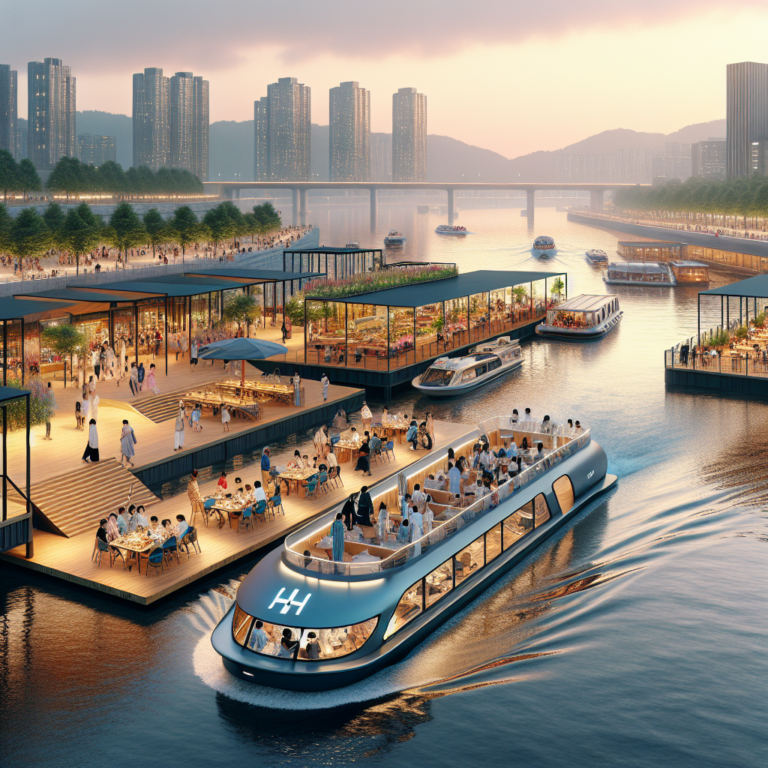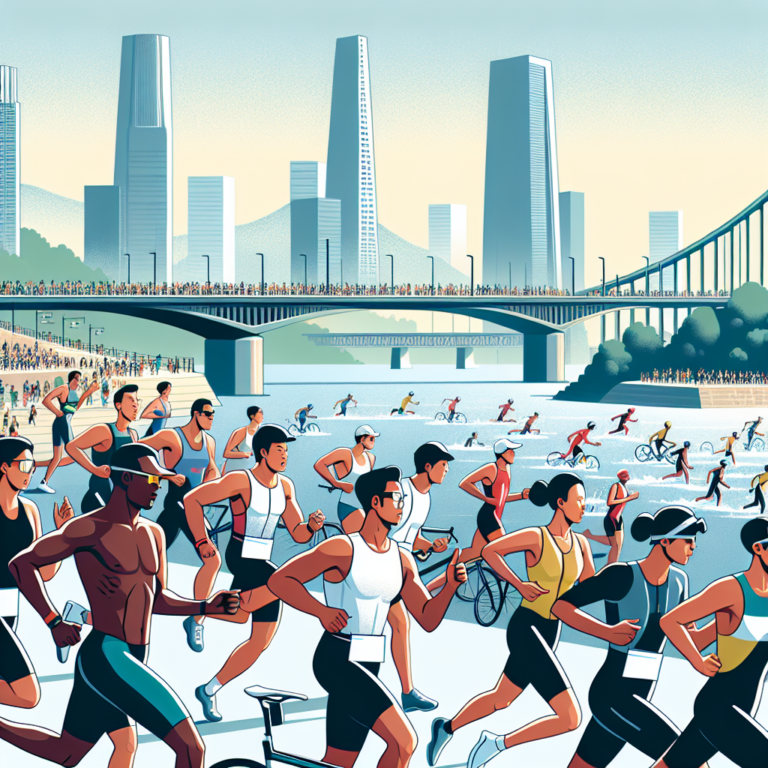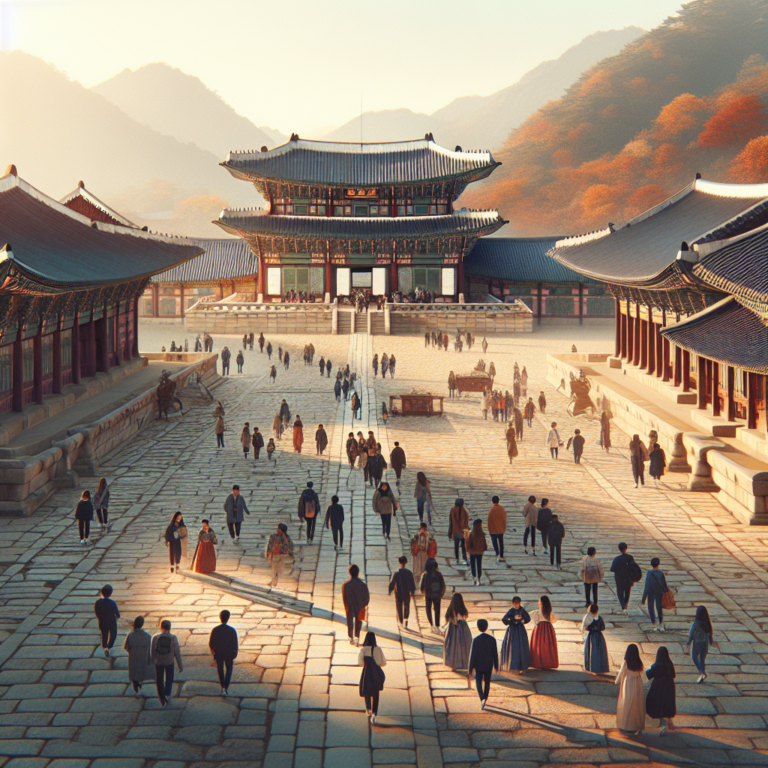Chinatown
Table of Contents
- Introduction to Chinatown
- Cultural and Commercial Significance
- Historical Development of Chinatown Communities
- Modern-Day Challenges and Transformations
- Case Study: Detroit’s Historic Chinatown
Introduction to Chinatown
Chinatowns are vibrant urban neighborhoods predominantly established by Chinese immigrants and their descendants. Serving as cultural and commercial hubs, these districts offer a unique blend of traditional Chinese heritage and modern urban life. Typically located within major cities, Chinatowns provide a sense of community and belonging for Chinese residents while also attracting visitors interested in experiencing diverse cultures.
Cultural and Commercial Significance
Chinatowns are renowned for their distinctive architecture, bustling businesses, and a variety of cultural events. From authentic restaurants and herbal medicine shops to colorful festivals and lion dances, these areas showcase the rich cultural tapestry of Chinese heritage. The commercial activities in Chinatowns not only support local economies but also promote cultural exchange, making these neighborhoods integral to the multicultural fabric of their host cities.
Historical Development of Chinatown Communities
The emergence of Chinatowns is often a response to social, economic, and political challenges faced by Chinese immigrants. These enclaves historically provided a safe haven where immigrants could maintain their cultural practices and support each other in a foreign environment. Notable early Chinatowns include Binondo in Manila, established in 1594 and recognized as the world’s oldest, as well as those in San Francisco and Melbourne, which were founded during the gold rushes of the mid-19th century.
Modern-Day Challenges and Transformations
In contemporary times, Chinatowns face various challenges such as gentrification, economic shifts, and changing immigration patterns. Events like the September 11 attacks have also impacted these communities, often leading to heightened security measures and changes in business operations. Despite these challenges, many Chinatowns continue to adapt by modernizing infrastructure, promoting tourism, and preserving cultural landmarks to remain relevant and vibrant.
Case Study: Detroit’s Historic Chinatown
Detroit's historic Chinatown is undergoing significant revitalization efforts, highlighted by a recent $1 million upgrade plan. Community members are actively involved in redesigning the area to preserve its cultural heritage while enhancing its appeal. Initiatives include updating business facilities, improving public spaces, and hosting cultural events to foster a stronger sense of community. Detroit’s Chinatown exemplifies how historic neighborhoods can evolve to meet contemporary needs while honoring their rich legacy.
References
- Introduction to Chinatown – Fiveable
- Detroit’s Historic Chinatown Redesign – ClickOnDetroit
- Chinatown on Wikipedia
By exploring the historical roots, cultural impact, and modern transformations of Chinatowns, this blog post offers a comprehensive overview of these dynamic urban neighborhoods. Whether you’re a local resident or a curious visitor, understanding the significance of Chinatowns enriches your appreciation of multicultural cities.






